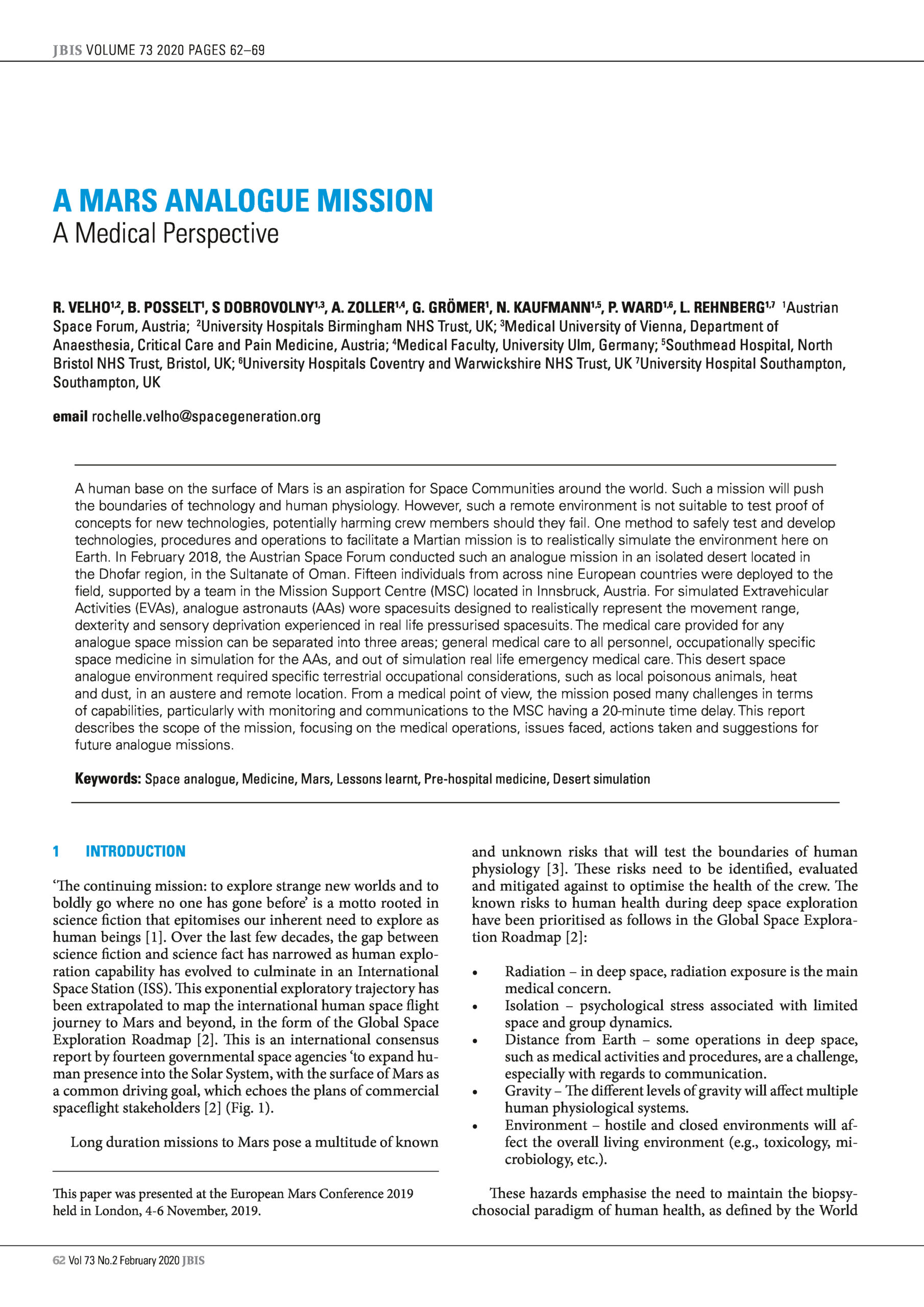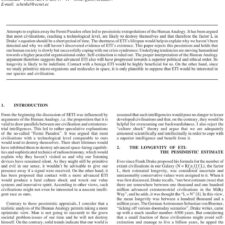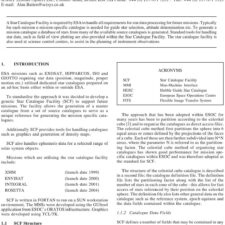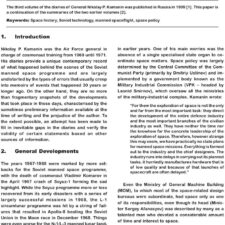A Mars Analogue Mission: A Medical Perspective
£5.00
R. Velho et al. (2020), JBIS, 73, pp.62-69
Refcode: 2020.73.62
Keywords: Space analogue, Medicine, Mars, Lessons learnt, Pre-hospital medicine, Desert simulation
Abstract:
A human base on the surface of Mars is an aspiration for Space Communities around the world. Such a mission will push the boundaries of technology and human physiology. However, such a remote environment is not suitable to test proof of concepts for new technologies, potentially harming crew members should they fail. One method to safely test and develop technologies, procedures and operations to facilitate a Martian mission is to realistically simulate the environment here on Earth. In February 2018, the Austrian Space Forum conducted such an analogue mission in an isolated desert located in the Dhofar region, in the Sultanate of Oman. Fifteen individuals from across nine European countries were deployed to the field, supported by a team in the Mission Support Centre (MSC) located in Innsbruck, Austria. For simulated Extravehicular Activities (EVAs), analogue astronauts (AAs) wore spacesuits designed to realistically represent the movement range, dexterity and sensory deprivation experienced in real life pressurised spacesuits. The medical care provided for any analogue space mission can be separated into three areas; general medical care to all personnel, occupationally specific space medicine in simulation for the AAs, and out of simulation real life emergency medical care. This desert space analogue environment required specific terrestrial occupational considerations, such as local poisonous animals, heat and dust, in an austere and remote location. From a medical point of view, the mission posed many challenges in terms of capabilities, particularly with monitoring and communications to the MSC having a 20-minute time delay. This report describes the scope of the mission, focusing on the medical operations, issues faced, actions taken and suggestions for future analogue missions.





